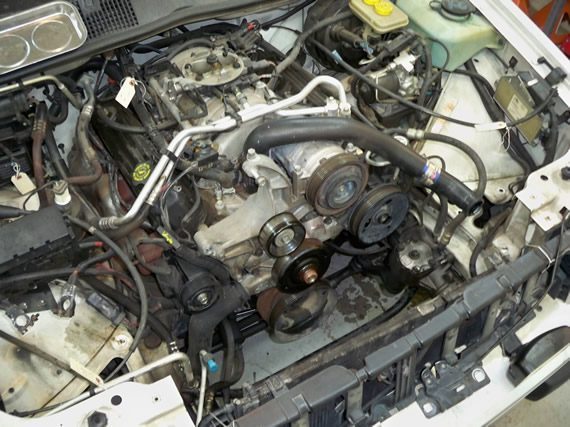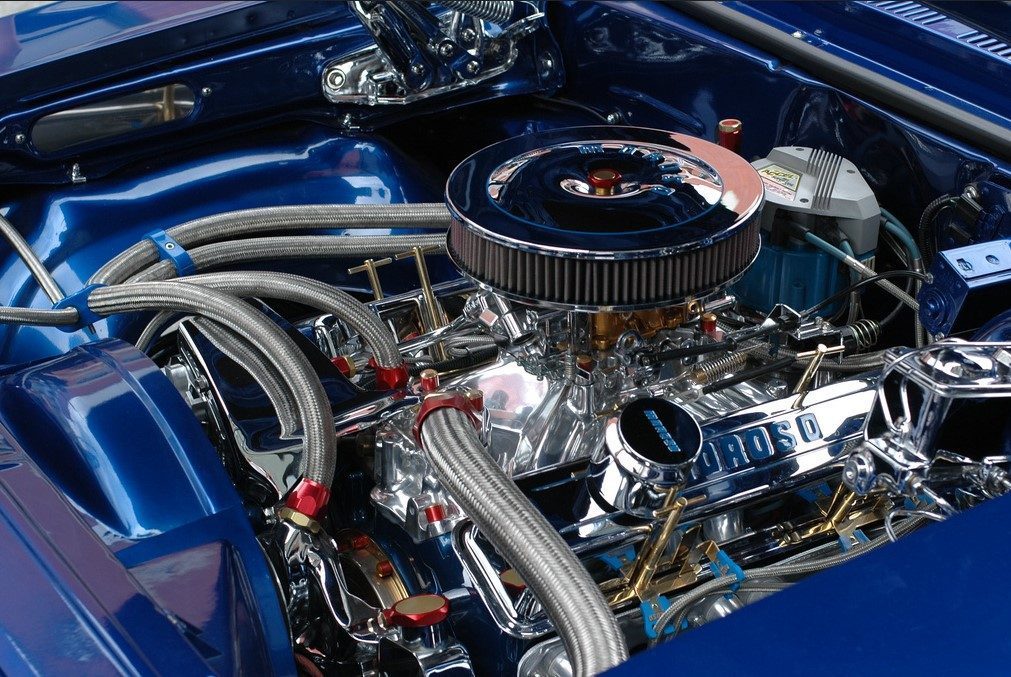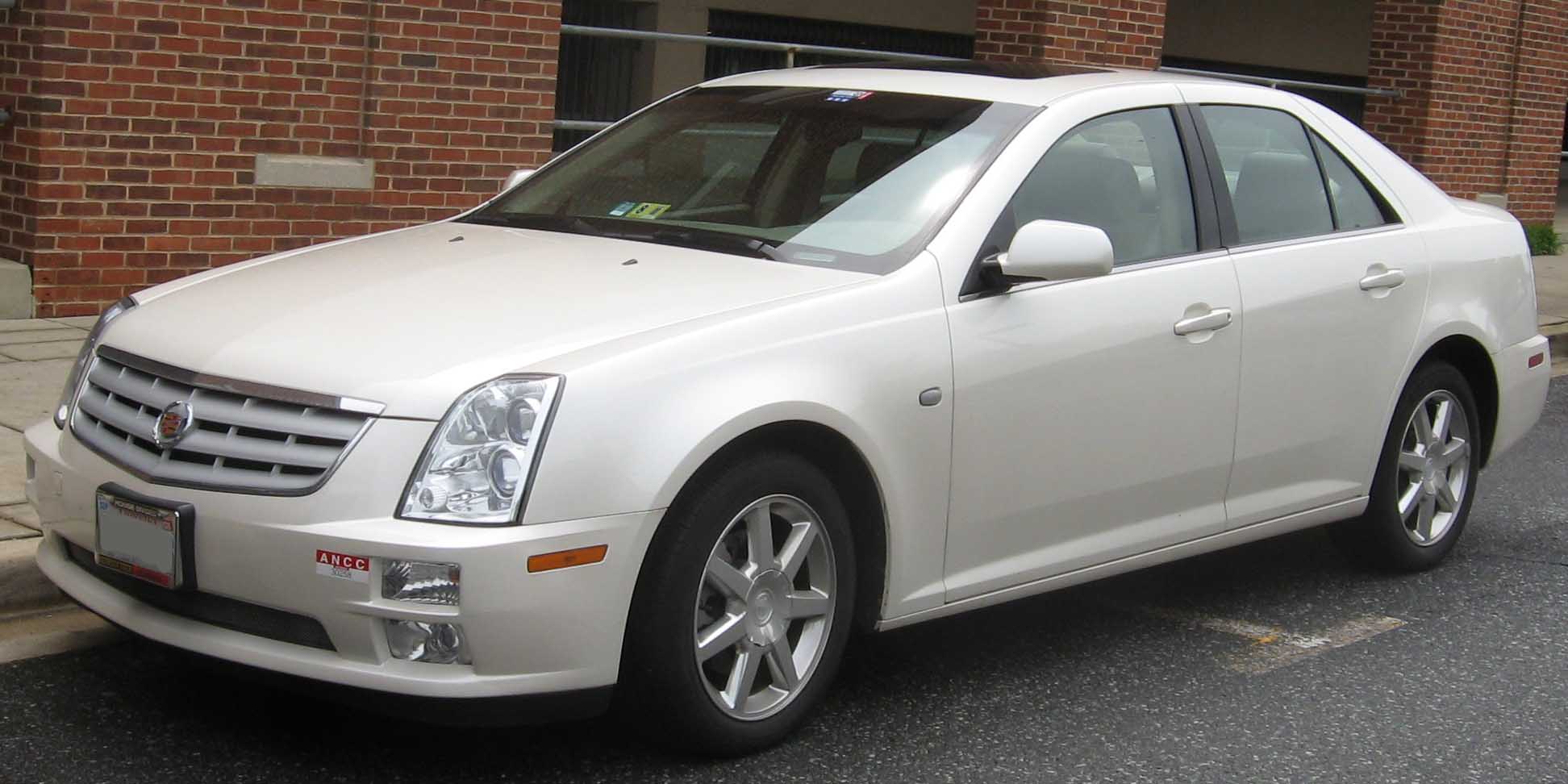How Has Car Diagnostics Changed?
What do you do if your car’s check engine light turns on? Today, you’ll usually take the vehicle to your mechanic or your local AutoZone and have them plug it into a code reader. From there, the codes that you see will usually tell you what’s wrong with your car and what you need to replace. It sounds pretty simple — and today it is — but it wasn’t always that easy. Let’s take a closer look at how car diagnostics have changed over the years and how they might keep changing in the future.
 Before OBD
Before OBD
We might get annoyed by the idiot lights on our dashboards when they turn on, but at least we have a tool to see what might be wrong with our vehicles. Before 1968, no cars came with onboard computers. Nearly every component on the vehicle was mechanical, so problem diagnostics were mostly trial, error and experience. Volkswagen was the first to introduce an onboard computer that year, nearly a decade before their nearest competitor.
The Datsun 280Z contained the first incarnation of an OBD or onboard diagnostic system, but there was no standardization. If you didn’t drive that particular model or go to a Datsun dealership to puzzle out the idiot lights, they didn’t mean much.
In 1980, GM introduced the first standardized OBD system for the engine control module., when more advanced systems started to need additional support that a computer could provide.
On-Board Diagnostics
In the 1980s, automakers started a mass adoption of electronic fuel injection which needed computers to control the flow of the fuel. Before that, everything was done mechanically — if there was an issue with your engine’s fuel/air mixture, a mechanic could manually adjust the carburetor. That stopped being an option when electronic fuel injection became standard equipment.
If you own a car that was built between 1980 and 1995, it’s likely equipped with an OBD-1 diagnostics port. The nice thing about these earlier diagnostics systems is that you technically don’t need anything but a jumper wire to read the codes if the check engine light is on. Run a wire between pins A and B, turn the key to on and count the flashes. You can also pick up an OBD code reader from your local parts store to make the job a little bit easier.
OBD-1 codes aren’t as accurate as newer incarnations of the diagnostic software, but they can give you a good idea of where to start if there’s something wrong with your vehicle.
OBD II
Starting in 1996, as automotive technology continued to advance, manufacturers made the change from OBD-1 to OBD-II. This is likely the one you’re most familiar with. Any car built after 1996 has an OBD II port that, by law, needs to be within three feet of your steering wheel. You need a code reader to pull these diagnostic codes out of your vehicle’s computer, but they are much more accurate than OBD-1 codes were.
Instead of getting a Code 48 — misfire, you’ll get a code that tells you precisely which cylinder is misfiring. This can save you a lot of money and a lot of time troubleshooting, especially if you drive a V-6 or V-8. There are still half a dozen things that could cause a misfire — plugs, wires, injectors, ignition coils, ECM, etc, — but with an OBD-II code, you only have to troubleshoot all of those things for one cylinder instead of all of them.
 Diagnostic Software
Diagnostic Software
While an OBD-II scanner might suffice for your DIY troubleshooting needs, it’s isn’t always sufficient — especially as automotive computers continue to get smarter. Mechanics can utilize that same OBD-II port to pull comprehensive diagnostic data from the ECM — something that you’d never be able to access otherwise. Instead of relying on the generated codes, skilled technicians can communicate directly with the engine control module, so they’re never left guessing and don’t have to waste time troubleshooting.
This is especially valuable on newer cars that rely heavily on electronic components and will become more important as electric cars start to become more mainstream. Fully electric vechiles have very few mechanical components, which will make troubleshooting more challenging than it already is. Being able to communicate directly with the car’s ECM can make a technician’s job easier.
The Future of Automotive Diagnostics
We’ve come a long way since the late 1960s when Volkswagen took the lead and created the first engine control module. As long as there are people who enjoy driving and owning classic cars, there will always be a need for someone who can read OBD-1 codes. It might not be long before cars are capable of doing their own diagnostics, transmitting that data remotely to the cloud or to their mechanic automatically. Make sure you don’t ignore your check engine light — it could be something as simple as a leaky gas cap or it could be something that’ll cost you a bunch if you don’t address it quickly.




